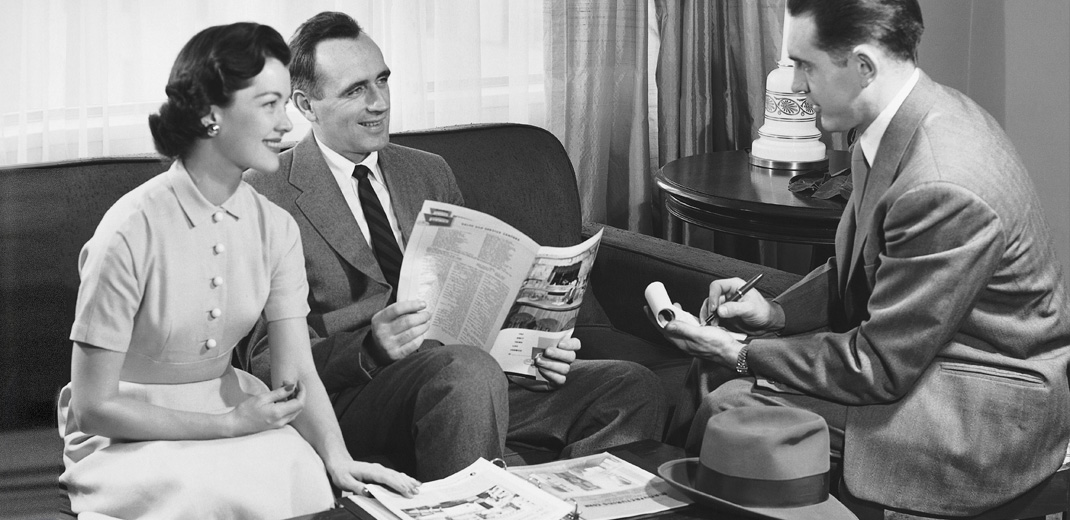Learning a lesson from an unlikely source is always a welcome treat. Learning a lesson from an unlikely source that you can apply to your own industry is priceless! Such is the case with actor and producer, Kevin Spacey. While I have admired his work for years, I never imagined he’d offer amazing tips on content storytelling and consumer control. He did just that in a 2013 speech at the Edinburgh International Television Festival.
What Does Kevin Spacey Know About Content Storytelling and Consumer Control?
In truth, Mr. Spacey knows quite a bit about the subject. The best way to answer the question is by going straight to the source: a video recording of his speech. While it’s only 5 minutes long, you’ll quickly recognize that although Kevin is an actor, he knows a lot about storytelling and how customers want to consume content.
Two Content Marketing Tips From Kevin Spacey
In the speech, Mr. Spacey speaks primarily about the phenomenon that is House of Cards, one of the first original programming projects by Netflix. The story he weaves together offers a back-end glimpse of the vision for the show, the success it has had and how viewers are enthusiastically consuming the content. As content marketers, we can learn two important things from Mr. Spacey and House of Cards.
Tip #1 – Give consumers control of their content consumption
“We have learned a lesson music industry failed to learn. Give people what they want, when they want it, in the form they want it in, at a reasonable price…”
- Kevin Spacey, Edinburgh International Television Festival
When the producers were pitching the show, all of the major networks had interest. However, they all wanted to control the content through the standard formula: make a pilot, possibly get green light to produce 13 more episodes, and maybe, get a whole season. Then, once it makes it to air, release it in the standard one-episode-per-week format. That wasn’t the vision the producers had for the show. They had a story to tell, recognized it needed to be told a certain way over time, wanted to take advantage of “binge watching” and realized that the standard network formula simply wouldn’t work.
Netflix believed in their vision, gave the show the green light, and House of Cards was a reality. They released ALL the episodes for the entire season at once to accommodate the “binge watch” phenomenon, told the story how they wanted to tell it, and let consumers consume it how, when, and where they wanted.
It worked amazingly well, and to Mr. Spacey’s point, if you give people the content they want, the ability to consume it when they want, where they want and how they want, they will eat it up.
As content marketers, we need to remember that, while we create the content, it belongs to our audience. We should never force our audiences to consume content on our terms. Make it available on multiple channels, through any device, at any time. Yes; you can create the content, but let your audience consume it in a way that works for them. Remember, content creation is about them, not you.
Tip #2 – It’s all about content storytelling
“The audience has spoken, they want stories. They are dying for them. They are rooting for us to give them the right thing. And they will talk about it, binge on it, carry it with them on the bus, to the hairdresser, force it on their fiends, tweet, blog, facebook, make fan pages, silly GIFs, and God knows what else about it. Engage with it with a passion and intimacy that a blockbuster movie could only dream of. And all we have to do is give it to them.”
- Kevin Spacey, Edinburgh International Television Festival
In his speech, Mr. Spacey makes an astute prediction: within 10 years, the format of content and the length of content will be irrelevant. He asks whether there’s any difference between watching a show episodically one hour at a time versus viewing it as a single 12-hour cinematic experience. It’s the same experience. The content is what matters; people want stories. It is not about the length or format. Just tell a story.
This is an important reminder for content marketers. We need to look up from our desks and remember our audience. The whole reason we are creating on content is to engage our audience with our story. The story needs to come first. If we’re thinking too much about conversion and SEO, we are missing the point. The content story itself needs to be the basis for all we do. We need to know what our customers want and give it to them; everything else comes secondary.
Content Storytelling + Consumer Control = Reese’s Peanut Butter Moment
Remember those “Reese’s Peanut Butter Moment” commercials where one person was walking down the street eating a chocolate bar, and another person was walking down the street eating peanut butter. They bump into one another, and exclaim:
- Peanut butter eater: “You got your chocolate in my peanut butter!”
- Chocolate eater: “You got peanut butter on my chocolate!”
- Both: “Delicious!”
A “Reese’s Peanut Butter Cup moment” of magic happened.
The Same is true with Netflix and House of Cards…
Content Storytelling + Consumer Control = Delicious!
Netflix and House of Cards have proven that if you make storytelling a primary, never compromising goal, and offer complete control to your audience, you complete the formula for delicious content.
P.S. More Proof Mr. Spacey Has Something to Say About Content Marketing
Mr. Spacey must know something about content marketing. After all, the good folks at the Content Marketing Institute have asked him to deliver the keynote at Content Marketing World on September 10 at 4:30 p.m. If you do attend, please be sure to drop by the Thismoment booth (#58), we’d love to meet you!









